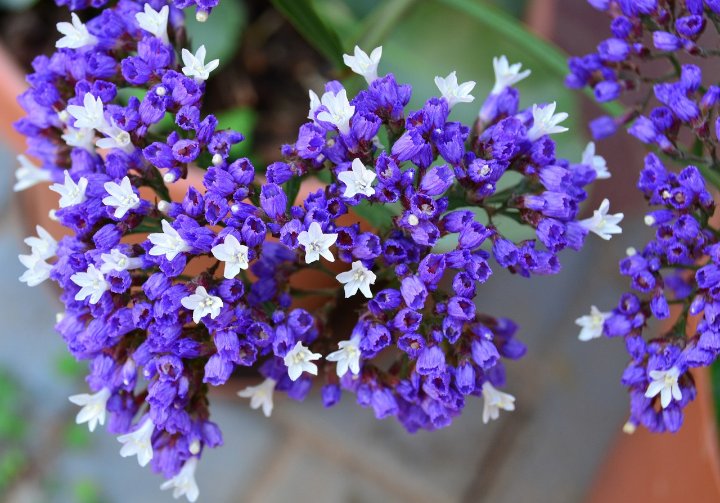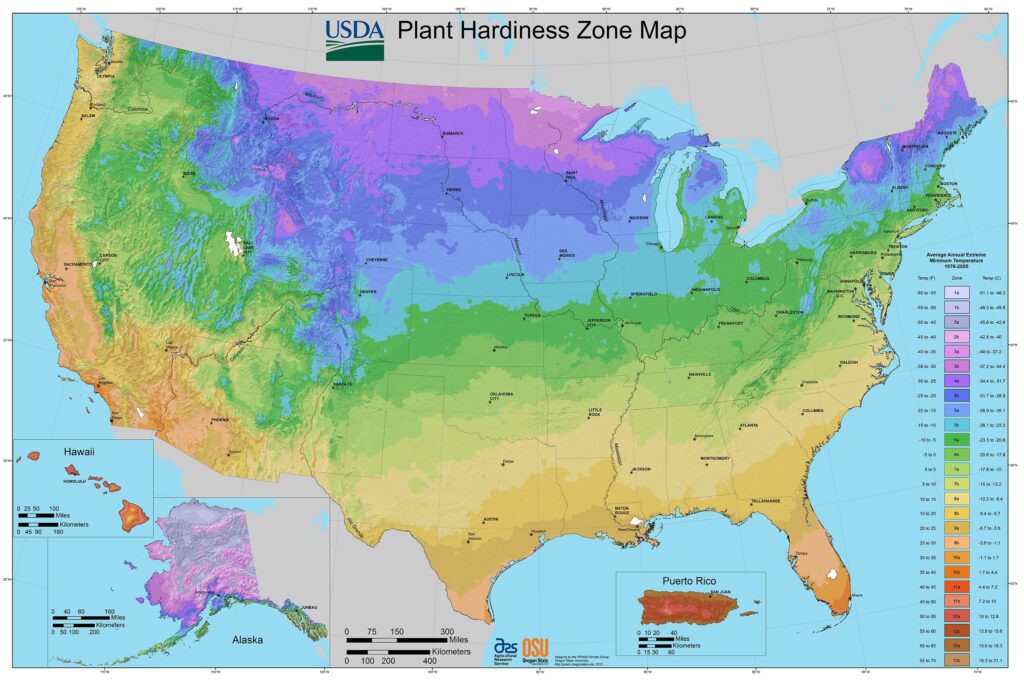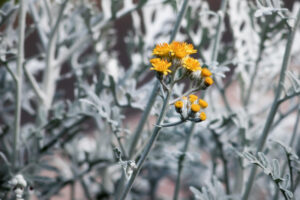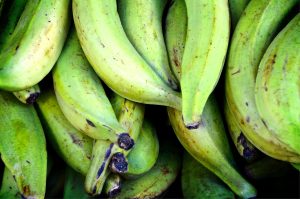Statice, commonly known as sea lavender, is a stunning flowering plant prized for its vibrant blooms and long-lasting appeal. With its ability to thrive in coastal environments and its unique papery flowers, statice adds charm and color to gardens, borders, and floral arrangements. If you’re looking to grow statice in your garden, here’s a comprehensive guide on how to cultivate and care for this beautiful plant.
Best Statice Varieties
| Image | Name | Rating | Shop |
|---|---|---|---|
 | Soiree Mix Statice Flower Seeds |  | |
 | Statice Flower Seeds |  | |
 | Limonium Apricot Statice Flower Seeds |  | |
 | Statice Forever Silver |  |
Statice Hardiness Zones
Statice is well-suited for USDA hardiness zones 8 to 10, where it can thrive in the warm climates characteristic of coastal regions. In these zones, statice will grow as a perennial, returning year after year to grace your garden with its colorful blooms.
How Much Sun Do Statice Need
For optimal growth and flowering, statice requires full sun exposure. Plant your statice in a location where it will receive at least six hours of direct sunlight each day. Adequate sunlight is essential for promoting robust growth and profuse blooming, ensuring that your statice plants thrive throughout the growing season.
Statice Soil Requirements
Statice prefers well-draining sandy soil that is rich in organic matter. Sandy soil provides excellent drainage, preventing waterlogging and root rot, which can be detrimental to statice plants. Before planting, amend the soil with compost or well-rotted manure to improve its fertility and texture, creating an ideal growing environment for your statice.
Statice Soil pH
The optimal soil pH for statice cultivation ranges from 6.0 to 7.8. While statice is relatively tolerant of a wide pH range, maintaining slightly acidic to slightly alkaline soil conditions will support optimal nutrient uptake and overall plant health.
Statice Plant Spacing
When planting statice, space the seedlings or transplants approximately 6 to 12 inches apart, with rows spaced 1 to 3 feet apart. Statice plants can spread up to 2 feet wide, so providing adequate spacing ensures proper air circulation and prevents overcrowding, which can lead to increased susceptibility to disease.
Statice Water Requirements
Despite its preference for coastal environments, statice is surprisingly drought-tolerant once established. Water newly planted statice regularly to help establish strong root systems, but once established, reduce watering frequency. Allow the soil to dry out slightly between waterings to prevent overwatering, which can lead to root rot and other issues.
Statice Temperature Requirements
Statice thrives in warm-weather conditions and is well-suited to coastal climates. Plant statice in an area with temperatures ranging from 60 to 80 degrees Fahrenheit for optimal growth and flowering. Avoid planting statice in regions with extreme heat or cold, as this can stress the plants and inhibit their growth.
Statice Humidity Requirements
Native to coastal regions, statice naturally grows in salty, humid conditions. While it can tolerate moderate humidity levels, excessive moisture in the air can increase the risk of fungal diseases. Ensure adequate air circulation around your statice plants to minimize humidity-related issues and promote overall plant health.
Statice Fertilizer Requirements
Statice is a relatively low-maintenance plant that requires minimal fertilization. Apply a balanced fertilizer sparingly in early spring to provide essential nutrients for healthy growth and blooming. Avoid over-fertilizing, as this can lead to excessive foliage growth at the expense of flowering.
Statice Pests
Statice is relatively pest-resistant and not prone to serious pest infestations. However, occasional pests such as aphids or spider mites may appear, particularly during periods of drought or stress. Monitor your statice plants regularly for signs of pest activity and treat affected areas promptly with insecticidal soap or neem oil.
Statice Diseases
While statice is generally disease-resistant, it may occasionally be susceptible to fungal diseases such as powdery mildew or root rot, especially in humid conditions or poorly draining soil. To prevent disease issues, ensure proper soil drainage, provide adequate air circulation, and avoid overhead watering. Remove and destroy any infected plant material promptly to prevent the spread of disease.
By following these guidelines for growing and caring for statice, you can enjoy an abundance of beautiful blooms and lush foliage in your garden. With its striking appearance and resilience, statice is sure to become a favorite addition to your landscape, providing long-lasting beauty and charm year after year.
















